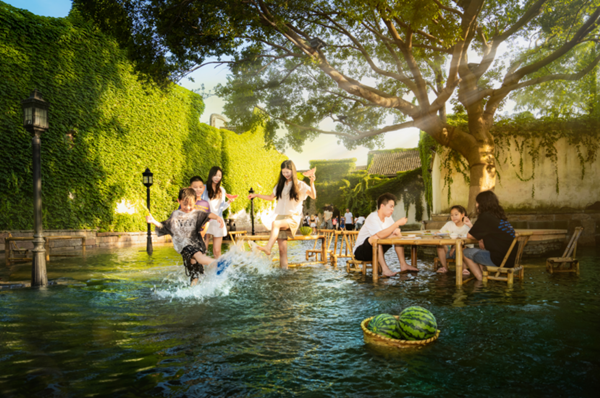“Peaceful clouds”. That is how CNN explained the meaning of Yunhe, when it listed the county as one of the “40 beautiful places to visit in China” back in 2012. Covering an area of 984 square kilometers, Yunhe county is 50 kilometers southwest of Lishui city in southwestern Zhejiang. With the Oujiang River winding through Yunhe’s misty mountains, hills and valleys, travelers will be forgiven for believing they have walked into a dreamy painting.
Thanks to its well-preserved ecology, Yunhe has not only witnessed booming development in tourism, but won a series of accolades in the process, including “Natural Oxygen Zone of China”, “Best Wetland of China’s Featured Tourism”, and “China’s Beautiful Countryside”, among others.
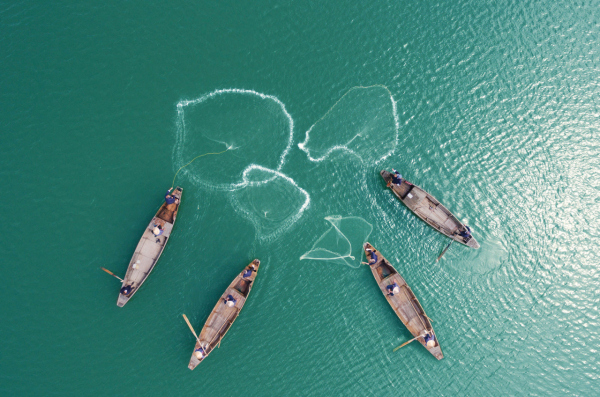
More than Scenery: Yunhe Rice Terraces
Yunhe rice terraces have been home to farmers since the early Tang dynasty (618-907), covering an area of 51 square kilometers, the largest in East China. Rising up to 1,400 meters and dropping to as low as 200 meters, they are regarded as one of China’s most beautiful rice terraces by photographers. No wonder: people can easily capture a variety of perfect shots, from any angle, on a single day, and in different reasons. In fact, Yunhe is the only place in the world where snowy rice terraces can be seen.
But these rice terraces are more than just scenery, they are also essential to the lives of local farmers and their folk customs. The ploughing ceremony, for example, at the Meiyuan Terrace in Yunhe during mangzhong, or Grain in Ear (the ninth solar term in the Chinese lunar calendar), marks the first plough of the year. A tradition that has been practiced in Yunhe for about 1,000 years, it is performed annually to pray for a good harvest in the forthcoming year.
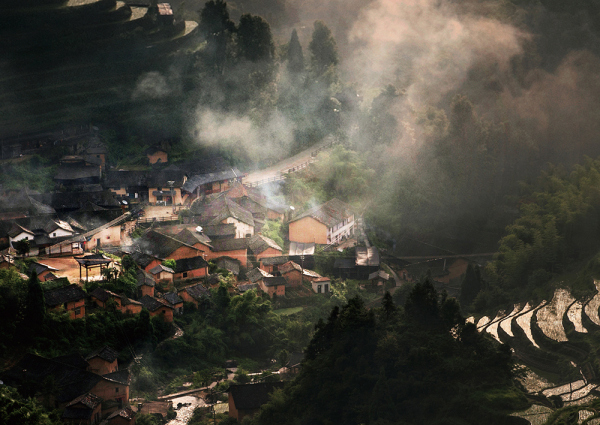
Rural Revitalization: The Changting Model
When Xu Yujun borrowed half a million yuan to start to build the first guesthouse in Changting village in October 2015, he was not sure whether the “gamble” would pay off. But within a year, the revenue already reached 600,000. In retrospect, Xu, who is also the Party secretary of Changting village, seemed destined for success. With more developed transportation and stronger government support for village tourism, all the 400-year-old Changting village needed was a nudge.
In early 2016, just a few months after Xu’s move, the local government began creating a “seaside-style beach” along part of the Yunhe Lake in the village. The one-kilometer man-made beach opened to tourists on May 1, 2016 and proved to be a big hit. And for Xu, the rest, as they say, is history. Over the next few years, more tourist facilities and services have been added and fellow villagers have been following Xu’s footsteps. By now, Changting boasts 13 guesthouses, 80% of the villagers who used to work in cities have returned to start a business, and their annual incomes have almost tripled. More plans to upgrade Changting’s tourism are in store and a bright future undoubtedly awaits.
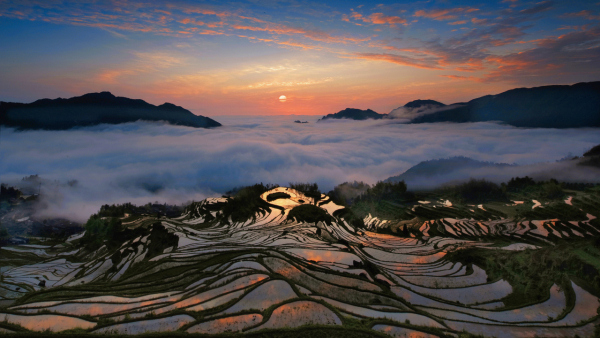
A Sea of Roses: Chishi Township
The stronger the scent of romance, the nearer one comes to Chishi, a small town about 15 kilometers to the northwest of Yunhe county proper. More than 1,000 different types of roses have been planted along the main thoroughfare, in the alleys, around the houses…. When they bloom, the whole town is bathed in a sea of roses, their fragrance attracting and intoxicating throngs of tourists. Over the years, Chishi has become a must-visit for social media influencers and particularly those couples who seek to capture the best moments for their wedding photos.
As the Oujiang River cuts the town into the northern and southern parts, Chishi is also known for its natural beauty. Ascend the Building of Looking Homeward (Wangxiang Lou) on the lakeside, and enjoy the splendid view; land on Seven Stars Islands (Qixing Dao), seven small peaks in the shape of the Big Dipper across the Yunhe Lake, and appreciate the red crags, which is how the town Chishi (literally “red rock”) was named; and “plunge” into the Dragon Cave (Longyan Dong), over 100 meters below a cliff, and brave yourself for the 28-meter-high Dragon Waterfall… Finally, never forget the food, especially the now nationally recognized “Chishi Fish Head”.
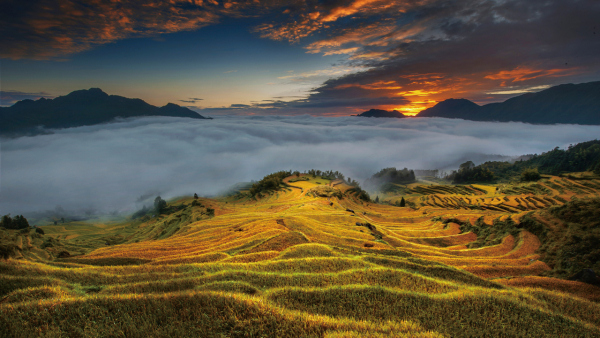
Boulders and Crags: Fo’eryan Scenic Area
Spread between Anxi She ethnic township and Wuxi She ethnic township, Fo’eryan Scenic Area is one of the main scenic spots in Yunhe county. Covering an area of five square kilometers, it features a cluster of boulders and crags, some of which can be as high as 550 meters and rise to 785 meters above the sea level. Among them, the Dingdang Crag(Dingdangyan) and the Fo’er Crag (Fo’eryan, hence the name of the scenic area) are the most famous.
Groups of small boulders and crags are hidden in the bamboo and mixed coniferous forest on the east and west slopes of the area, as if packs of wild animals are foraging, resting and running. On top of the sceneries, tourists can get a taste of the ethnic customs of the She people in the nearby Huangchu She village.
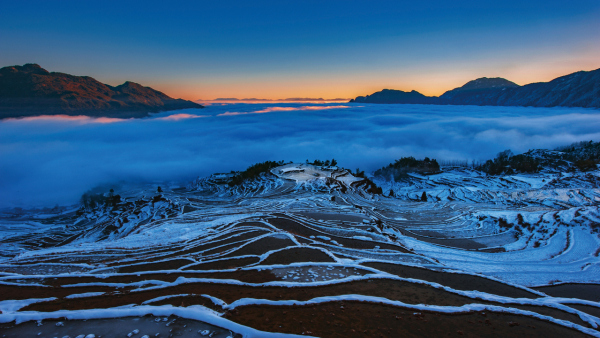
Misty Clouds: Yunhe Lake
In the north of Yunhe county lies Yunhe Lake. A provincial forest park, Yunhe Lake is in fact a general name for the three bodies of water of Xiangong Lake, Longting Lake and Yuxi Lake, which covers an area of more than 50 square kilometers. It is the second largest breeding base of organic fishes in Zhejiang province, home to 111 different kinds of fishes.
During winter mornings, layers upon layers of thick fog would shroud the lake, thanks to differences in water temperature between the dammed upper part and the lower part. From afar, it is as if the lake is floating right below a sea of clouds, creating a view only to be found in a dreamscape.


